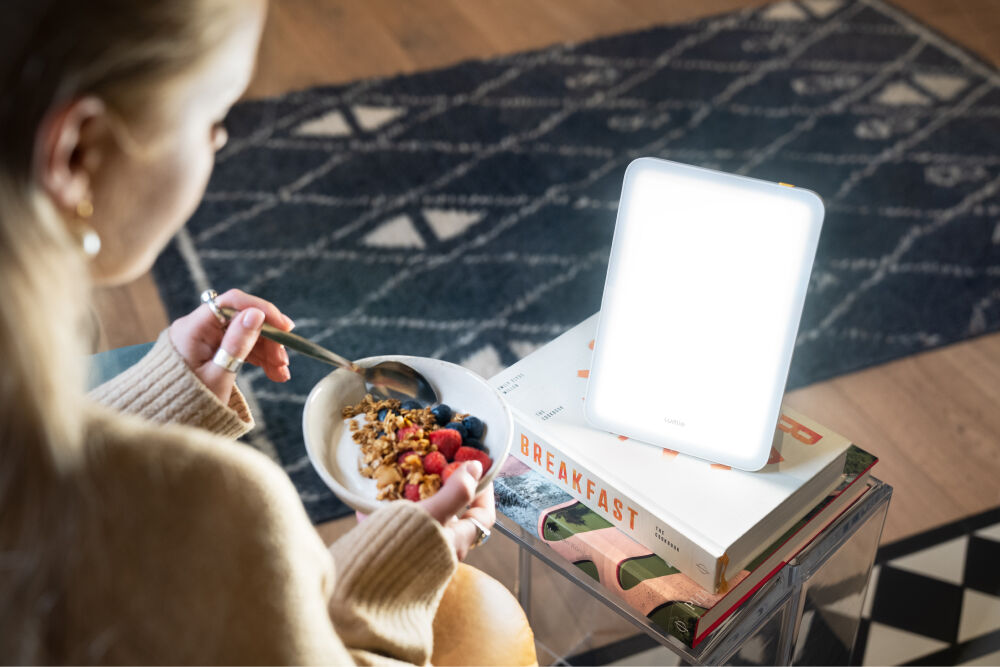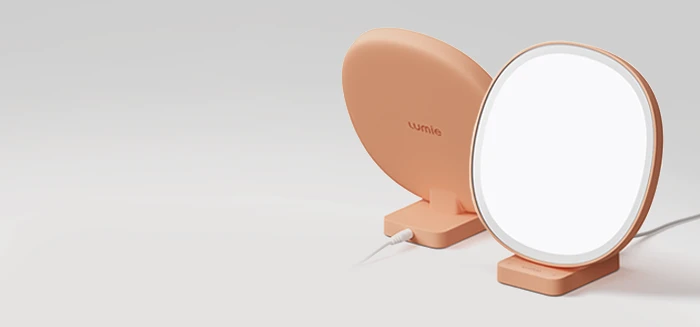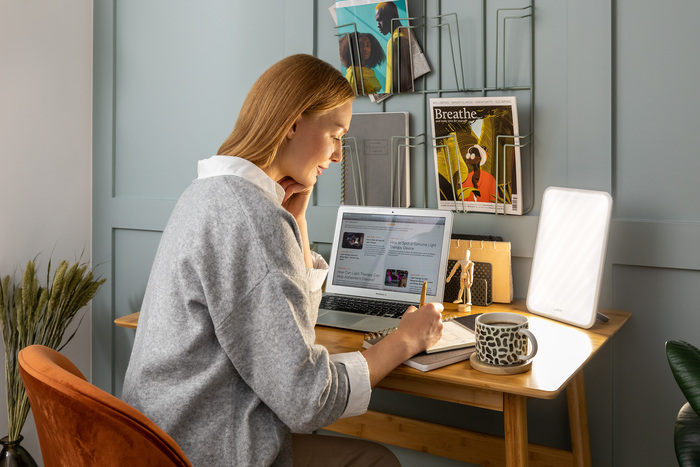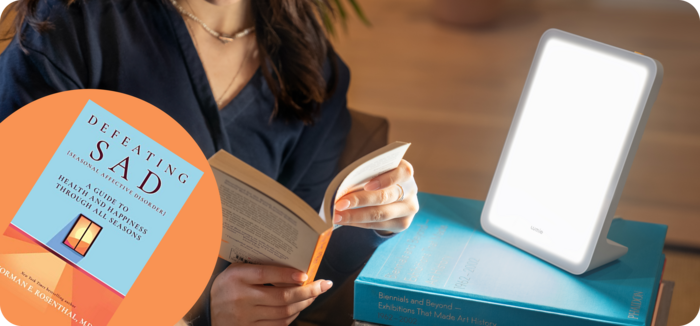Navigating Seasonal Affective Disorder: Top Strategies for Winter Well-Being by a World SAD Expert

Many of us experience low mood and energy levels during the winter, but what fewer people are aware of is that clear seasonal patterns in mood changes may indicate symptoms of a seasonal mood disorder. It is important to recognise the symptoms of seasonal depression and to find effective solutions as early as possible. Dr. Norman E. Rosenthal, the psychiatrist who is credited with first describing SAD, provides us with an overview of the symptoms to look out for as well as his top tips for boosting winter well-being. Let's hear what Dr. Rosenthal has to say!
SAD is a condition that affects an estimated 5 percent of the population, particularly in autumn and winter when the days become short and dark. It may also occur at other times and in other situations when there is a lack of environmental light (e.g. cloudy weather, or basement apartments).
1. Lack of light: Understanding the connection between lack of environmental light and the development of SAD is particularly important because it is most easily corrected.
2. Stress: This may come in the form of work or personal demands, which may seem manageable at other times of the year but become more and more difficult as the days get shorter and darker.
3. Biological predisposition: Some people are predisposed to SAD and this relates to biological factors, notably gender (women are more susceptible to SAD than men) and genetic vulnerability.
When the days get short and dark, those who are vulnerable to SAD may develop the following symptoms:
- Fatigue and general lack of energy
- Difficulty getting out of bed in the morning and an increased need for sleep
- Craving for sweets and starches and general overeating
- Weight gain
- Withdrawal from friends and family
- Cognitive difficulties
- Sadness, depressed mood and pessimism
- A desire to give up because everything just feels too much
1. Get more natural light: This can be done naturally by spending time outdoors or by bringing more light into the home.
2. Obtain one or more light therapy fixtures: Research has shown that properly used light boxes, also known as SAD lamps, can greatly improve the symptoms of SAD.
3. Exercise: Daily exercise, especially outdoors, can have a huge mood-boosting effect in people with SAD.
4. Pursue pleasurable activities: Maintaining regular connections with friends and family and engaging regularly in activities that are enjoyable or meaningful.
5. Make plans: If possible, planning some escapes and diversions, preferably in sunny places, ahead of time.
If these self-help measures are inadequate and you remain down or depressed, consider checking in with a doctor as you may benefit from antidepressant medications.
For an up-to-date review of SAD and light therapy, check out Defeating SAD: A Guide to Health and Happiness Through All Seasons by Dr. Norman E. Rosenthal.
Light therapy simply involves replacing the light that is missing during the autumn and winter months, in a way that has been research-tested to provide sufficient light to positively influence mood. Light therapy involves sitting in front of a custom-built light box for a certain amount of time (usually between 30 and 60 minutes each day) during the season of risk. The light box should have sufficient surface area, a screen that blocks ultraviolet light, and should be manufactured by a reputable company that will stand by the product in case you need to return it.
For most people light therapy works best if administered first thing in the morning. Successful light therapy should significantly diminish the symptoms of SAD, but it needs to be administered regularly throughout the season of risk.
Lumie has dedicated more than three decades to pioneering research, design, and development of light therapy lamps to promote circadian well-being, alleviate symptoms of winter blues, enhance sleep and waking, and improve performance and daytime alertness. Use Lumie SAD and energy lights for a daytime boost, and top up your light therapy experience with a Lumie wake-up light.








